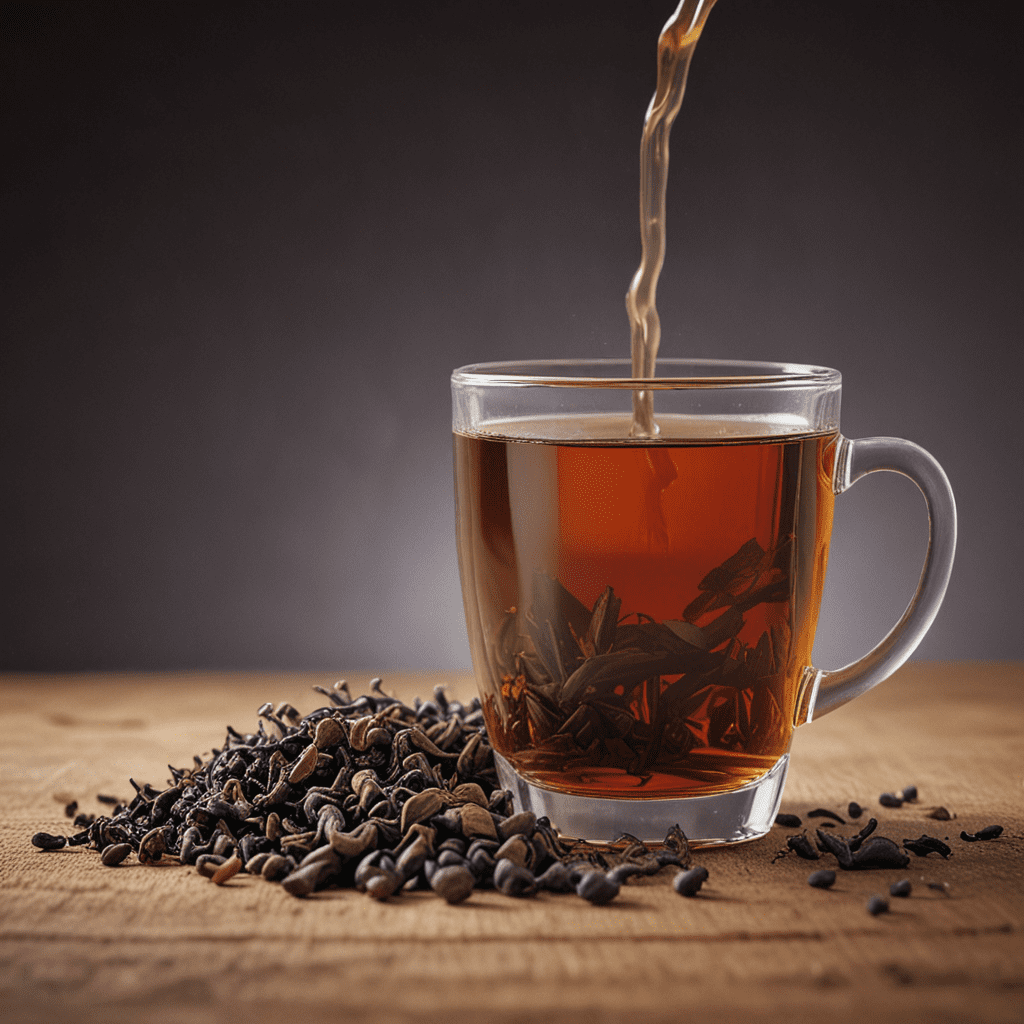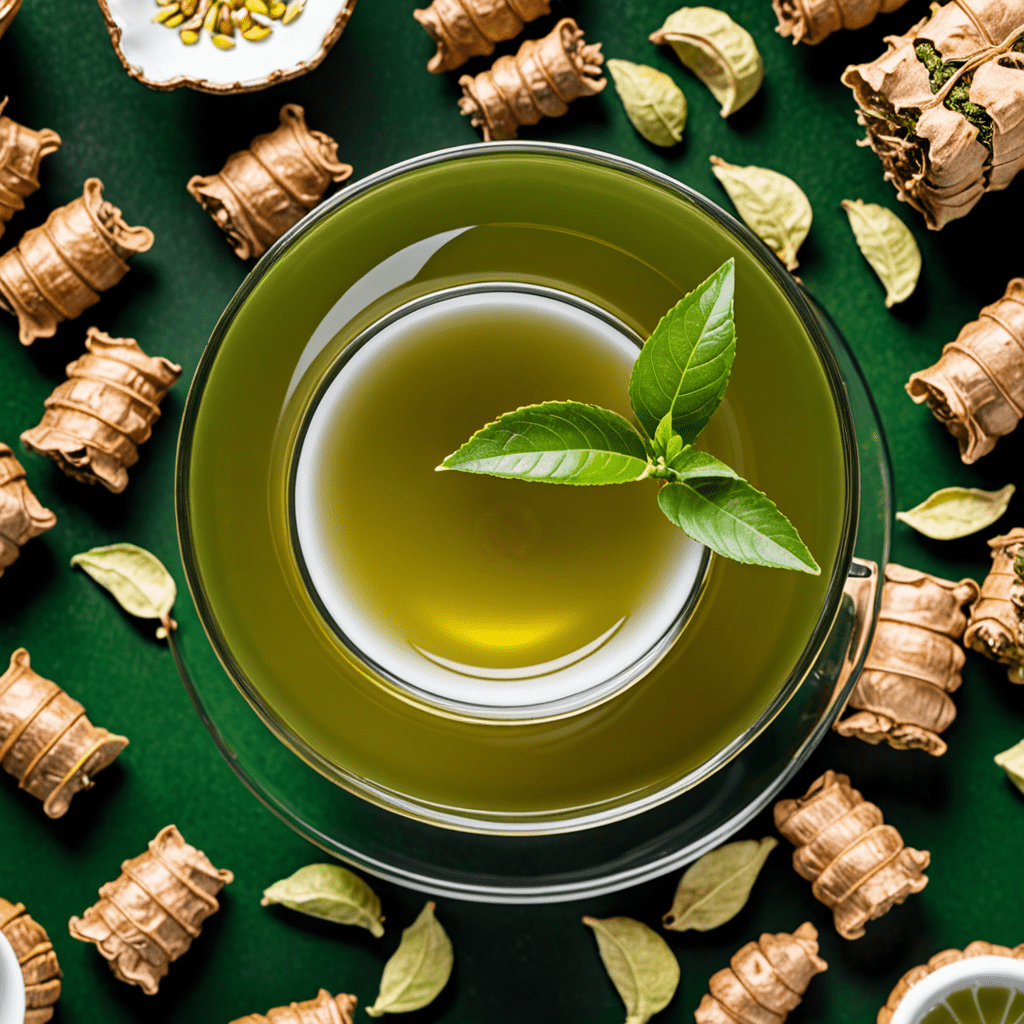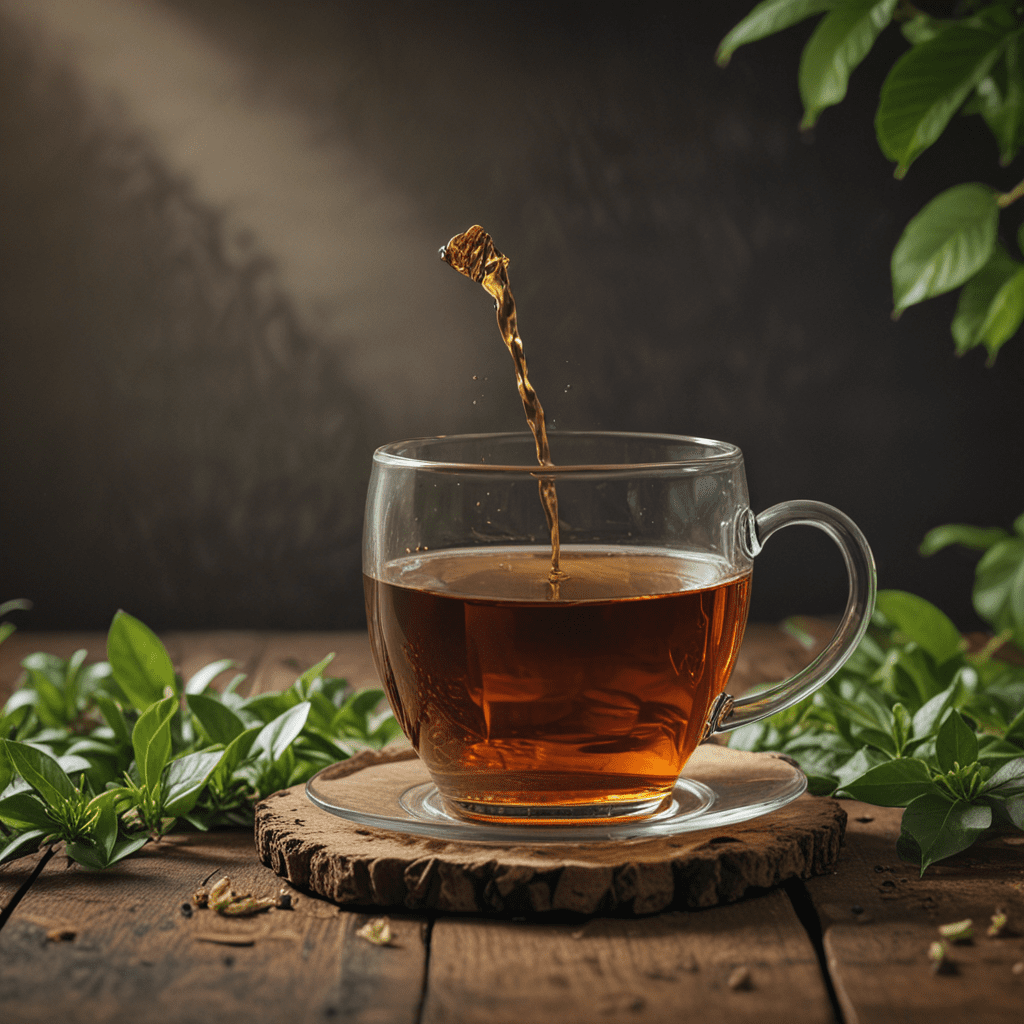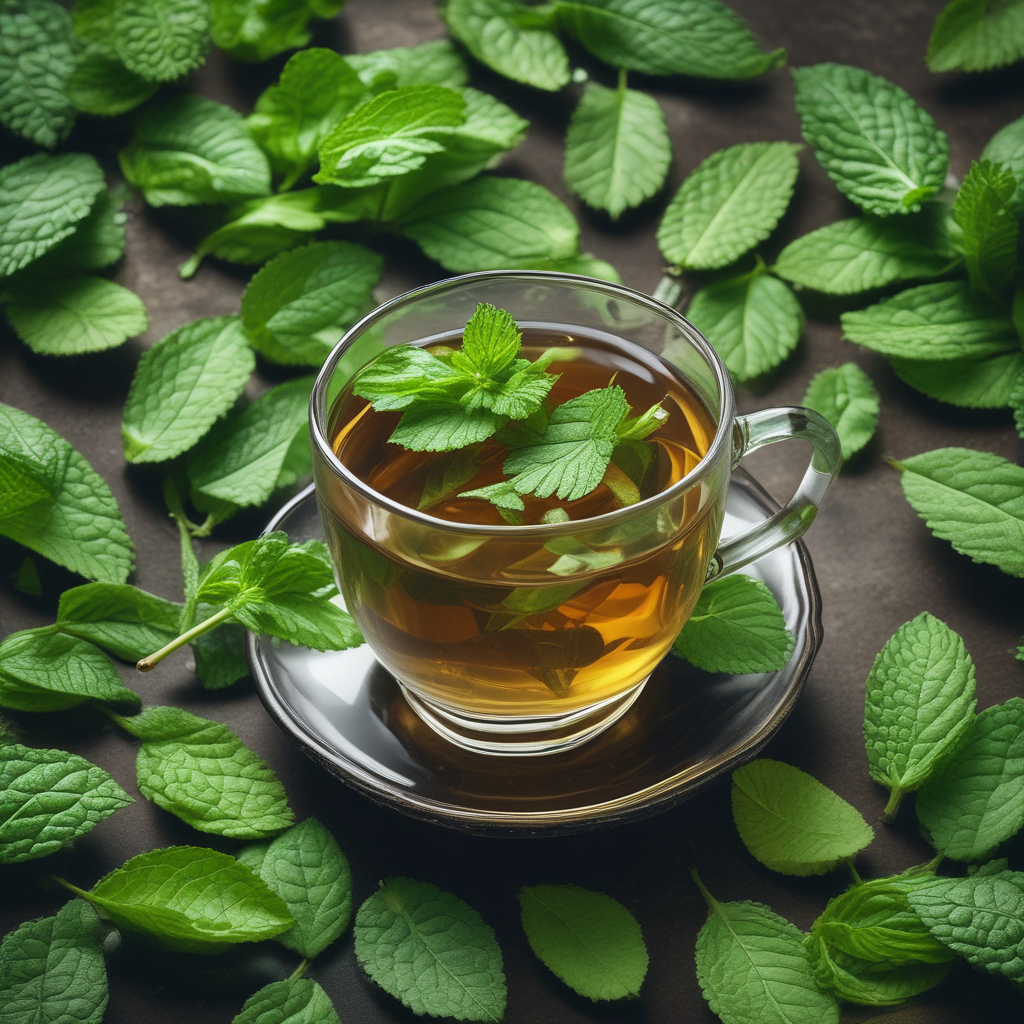Assam Tea: A Symphony of Flavors
I. Geographical Origins
Assam, a Northeastern state of India, is renowned as the world's largest contiguous tea-growing region. Nestled amidst the mighty Brahmaputra River and the verdant foothills of the Himalayas, Assam's unique topography and climate provide an ideal terroir for cultivating exceptional tea. The Brahmaputra River's fertile alluvial soil, abundant rainfall, and long sunlight hours foster a thriving tea ecosystem.
II. History and Cultivation
Tea cultivation has deep roots in Assam. Historical records indicate that tea was consumed in the region as early as the 1820s. In 1839, the British established the first commercial tea plantation in Assam, marking the beginning of a thriving tea industry. Today, Assam is synonymous with tea production, accounting for over half of India's total tea output.
III. Black Teas of Assam
Assam teas primarily fall under the category of black teas. These teas are known for their robust flavor and full-bodied character. Assam tea is processed using two distinct methods:
A. CTC Teas
CTC (Cut, Tear, and Curl) teas are produced by mechanically cutting, tearing, and curling the tea leaves. This process results in smaller, granular tea leaves that yield a strong, brisk liquor with a malty flavor. CTC teas are commonly used in tea bags and are popular for their convenience and consistency.
B. Orthodox Teas
Orthodox teas are produced using a more traditional method that involves withering, rolling, and drying the tea leaves. This delicate process preserves the inherent flavors and aromas of the tea leaves, resulting in a complex and nuanced liquor. Orthodox Assam teas exhibit a wide range of flavors, from bold and malty to floral and fruity.
IV. Flavors and Characteristics
The black teas of Assam are renowned for their bold and malty flavor profile. CTC teas typically exhibit a stronger malty character, while orthodox teas offer a wider range of flavors, including floral and fruity notes. Assam teas are also characterized by their full-bodied and rich texture, creating a satisfying and robust drinking experience.
V. Health Benefits
Beyond its exquisite taste, Assam tea is also known for its potential health benefits. Assam tea is rich in antioxidants, which help protect against oxidative stress and may reduce the risk of chronic diseases. It may also improve digestion due to its high levels of tannins and polyphenols. Additionally, some studies suggest that Assam tea may have cardioprotective effects by lowering blood pressure and improving cholesterol levels.
VI. Pairing Suggestions
Assam tea's robust flavor pairs well with a variety of accompaniments. Traditionally, Assam tea is consumed with milk and sugar, which complements its malty notes and balances its intensity. However, it can also be enjoyed black or with other sweeteners such as honey or maple syrup. Assam tea is a versatile beverage that can be enjoyed on its own or paired with food.
VII. Economic Importance
Assam is the largest tea-producing region in India and plays a significant role in the country's economy. The tea industry provides employment to millions of people, from farmers and laborers to factory workers and distributors. Assam tea is exported to over 150 countries worldwide, generating revenue and contributing to the economic growth of the region and the country.
VIII. Sustainability and Environmental Impact
In recent years, there has been a growing focus on sustainable tea cultivation practices in Assam. Many tea estates have adopted organic farming methods, reducing the use of pesticides and fertilizers. Water conservation and soil health management are also prioritized to ensure the long-term sustainability of the tea industry and the environment.
IX. Cultural Significance
Tea is an integral part of Assamese culture and holds immense social and cultural significance. Tea gardens are often community hubs, and tea drinking is an essential part of Assamese hospitality. Festivals and celebrations, such as the Majuli Tea Festival, showcase the importance of tea in Assamese life and promote traditional tea-making practices. Assam tea is a symbol of Assamese identity and heritage.
X. Conclusion
Assam tea, with its rich history, bold flavors, and potential health benefits, is a remarkable beverage that has captivated tea enthusiasts worldwide. Its unique terroir and dedicated tea-growing communities ensure that Assam continues to produce exceptional teas that delight and inspire. From its economic importance to its cultural significance, Assam tea is a testament to the enduring legacy of tea and its deep connection to the people and land of Assam.
FAQ
1. What is the difference between CTC and orthodox Assam tea?
CTC (Cut, Tear, and Curl) teas are produced by mechanically processing the tea leaves, resulting in a strong, brisk liquor with a malty flavor. Orthodox teas use a more traditional method involving withering, rolling, and drying, resulting in a complex and nuanced liquor with a wide range of flavors.
2. What is the traditional way to drink Assam tea?
Traditionally, Assam tea is consumed with milk and sugar to complement its malty notes and balance its intensity. Assam tea can also be enjoyed black or with other sweeteners such as honey or maple syrup.
3. Is Assam tea beneficial for health?
Assam tea is rich in antioxidants, which may reduce the risk of chronic diseases. It may also improve digestion and have cardioprotective effects by lowering blood pressure and improving cholesterol levels.



